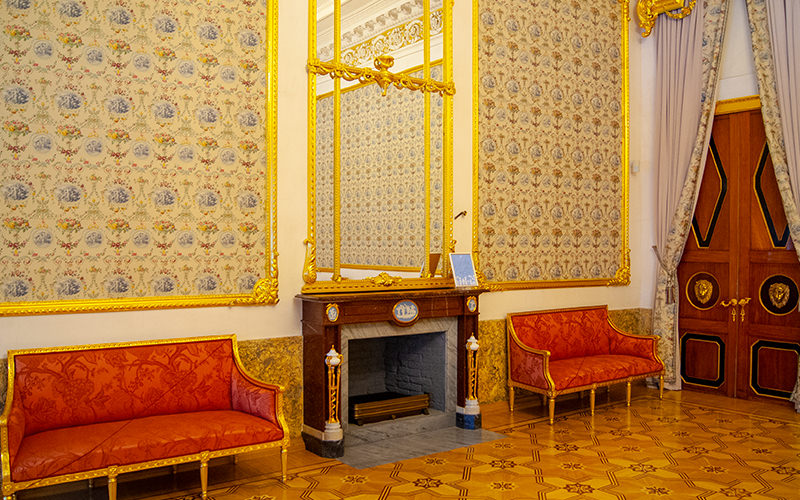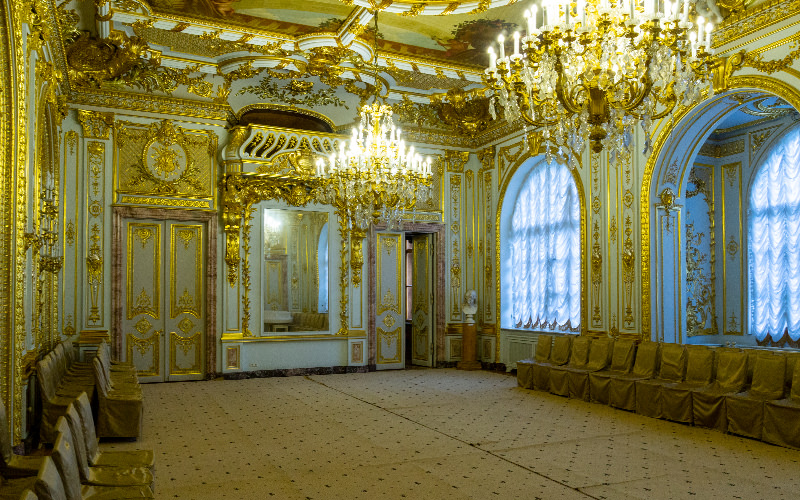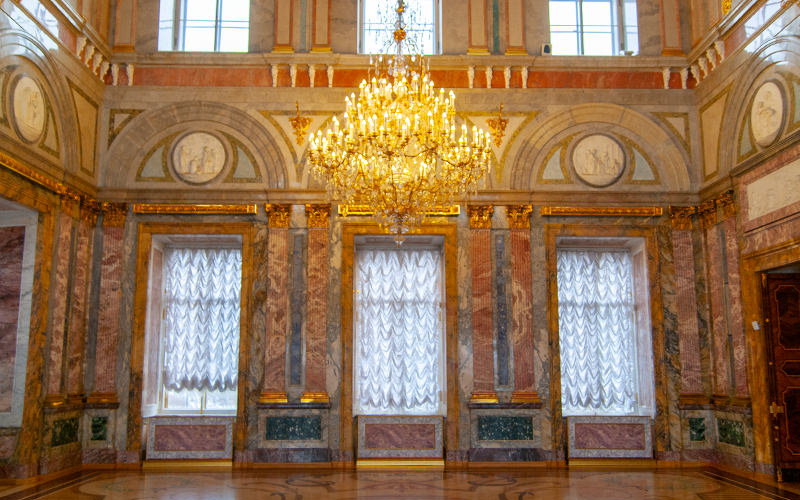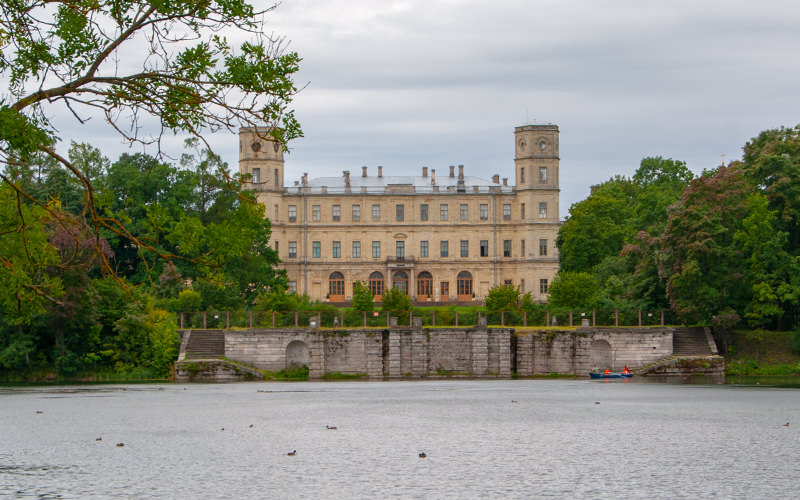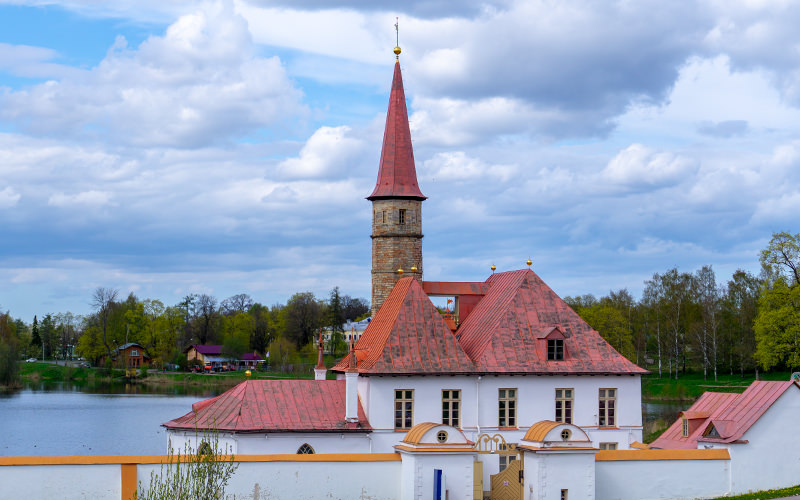Gatchina is one of the most beautiful places near Saint Petersburg. Here stands the Great Gatchina Palace—one of the residences of the Romanov imperial family. The palace’s decor is in the Russian Neoclassical style, and in its time, the beauty of its interiors and collection was compared to the Hermitage.
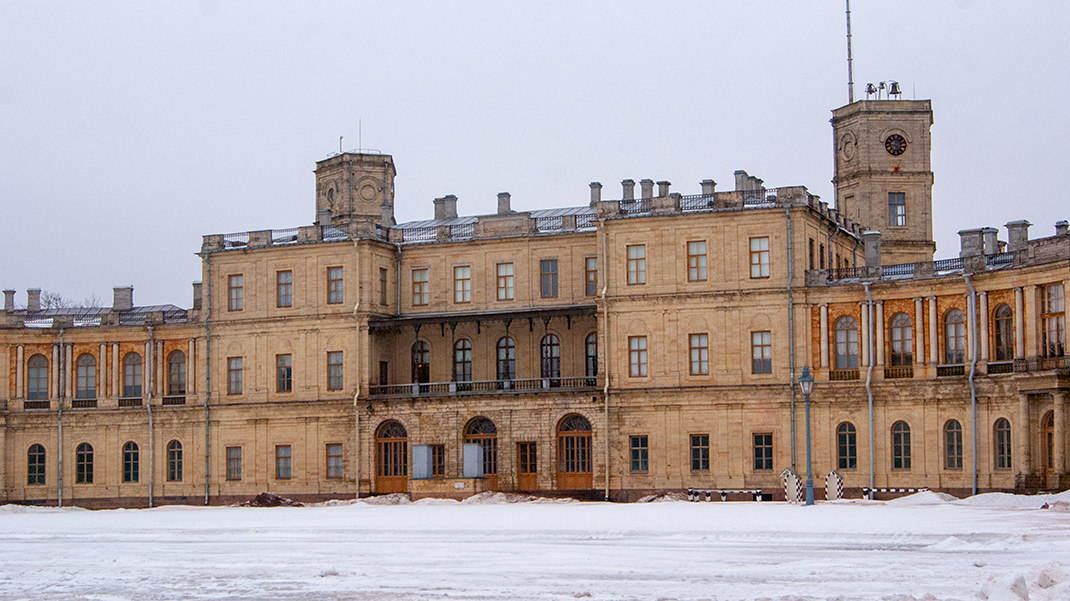
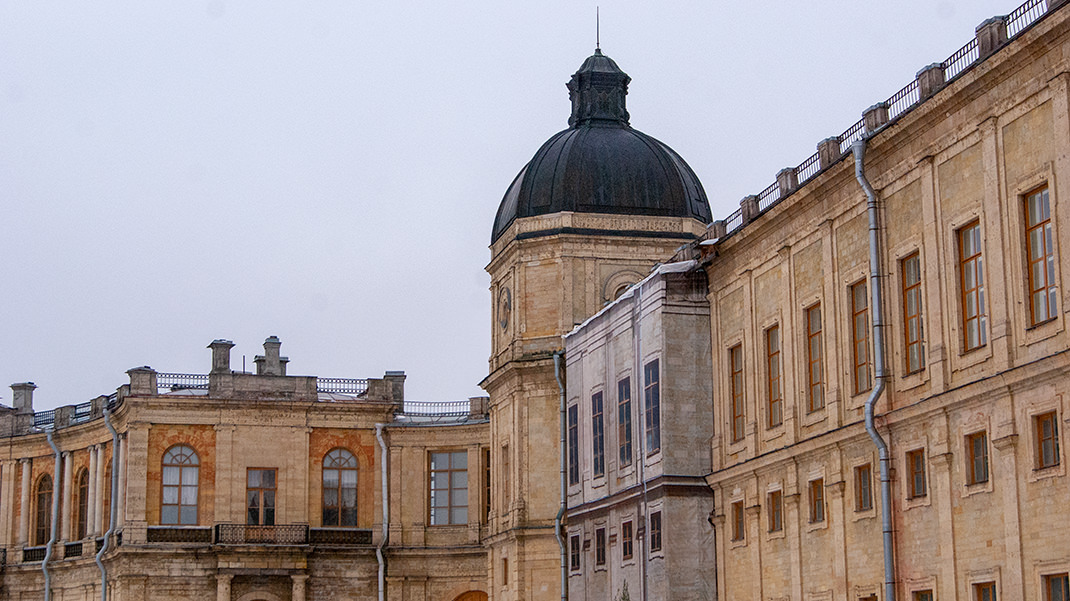
How to Get There
If you decide to travel to Gatchina by public transport, the easiest way is to take a train from Baltiysky Station. The journey takes about an hour, and the fare is 103 rubles (as of winter 2019).
I recommend buying round-trip tickets in advance to save time on your return.
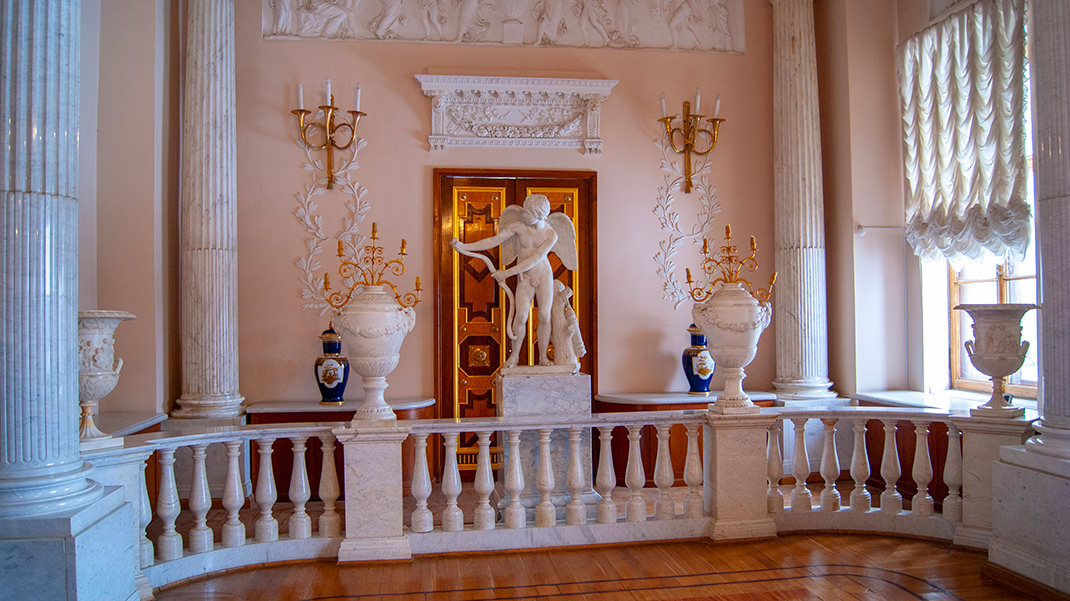
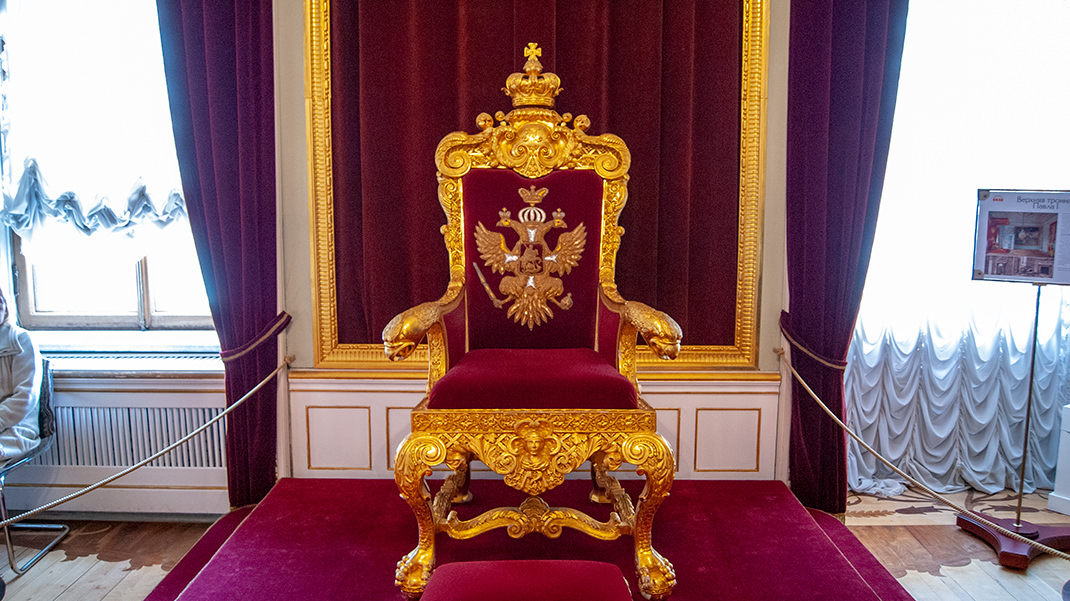
The entrance fee for the palace itself is 400 rubles.
A Bit of History
Construction of the Great Gatchina Palace was completed in 1781. Its architect was Antonio Rinaldi, known for his designs of the Marble Palace in Saint Petersburg and the Chinese Palace in Oranienbaum. The building features a mix of the English hunting lodge and the Russian country estate styles, so it is sometimes referred to as a castle. Initially, the palace consisted of a main three-story building and two single-story wings—the Kitchen Wing and the Stable Wing.
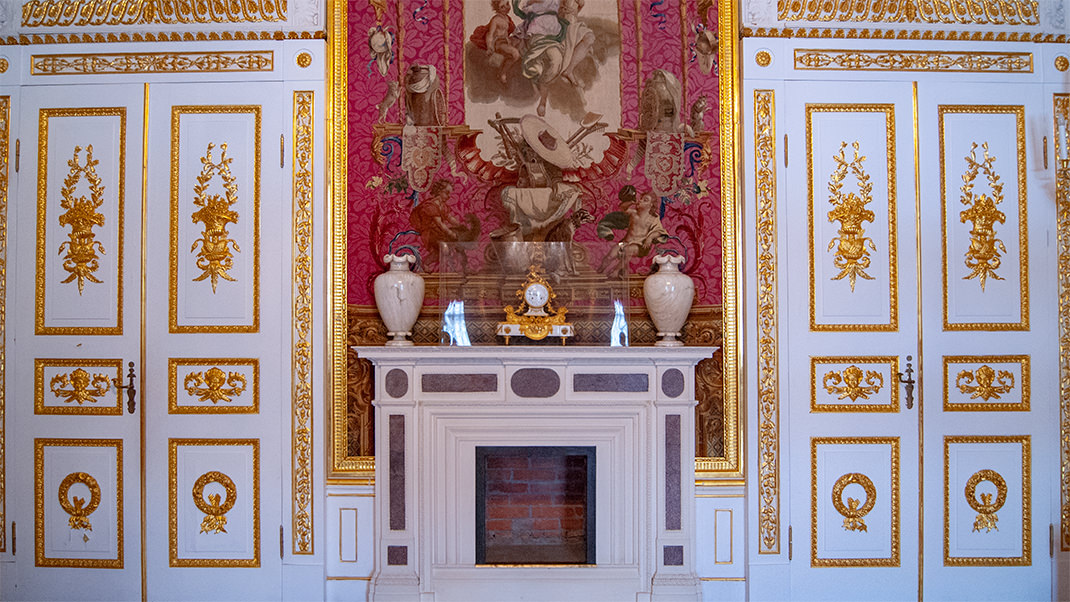
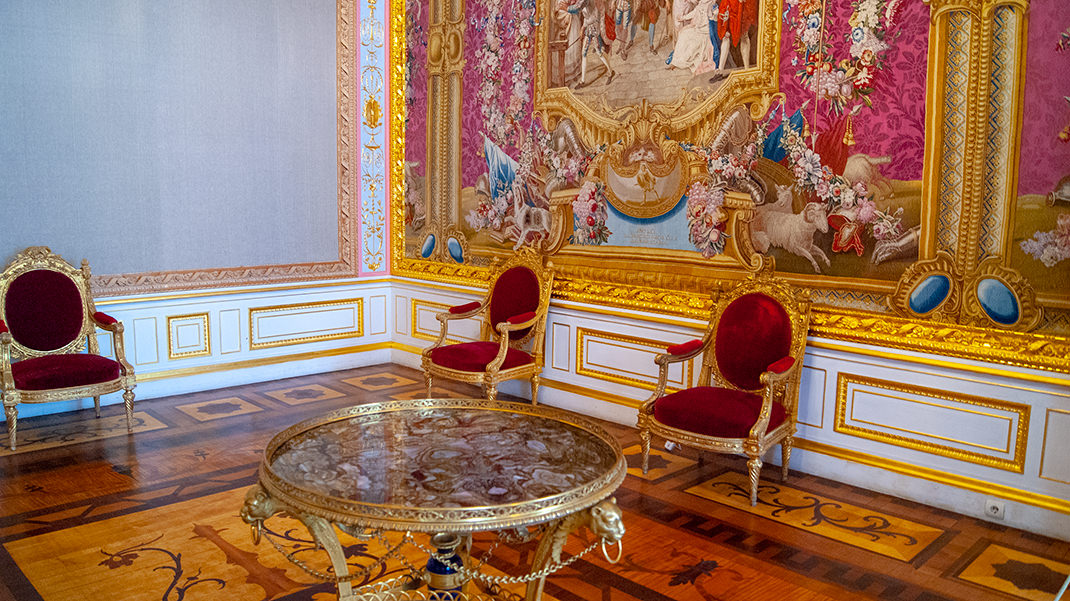
The first owner of the palace was Grigory Grigorievich Orlov, a favorite of Catherine II. After his death, the empress purchased the building and gifted it to her son, Paul I. Later, the palace was owned by his widow, Maria Feodorovna, who decided that the entire palace and park ensemble should be passed down to the reigning emperor through the male line.
Over its existence, the palace underwent two major reconstructions, during the reigns of Paul I and Nicholas I. The wings were expanded, and some rooms were redesigned and redecorated.


After the February Revolution of 1917, the palace was no longer owned by the imperial family, and in May 1918, it became a museum. During World War II, the Gatchina palace and park ensemble suffered significant damage, although some exhibits were saved. After the war, it was decided not to restore the palace as a museum. Its valuables were sent to other exhibition halls in the country. Restoration of the building as a museum began only in the 1970s and continues to this day.
Palace Tour
We visited the Gatchina Park in the summer, but we left the palace tour for the winter. Without the surrounding greenery, the building looks somewhat gray, but its interiors are impressive. We were fortunate to join a guided tour, which is always more interesting and informative.


The tour begins with an introductory exhibition about the palace’s history. Here, you can learn about its owners and their contributions to the building’s history. Additionally, two models of the palace are displayed: the original and the one after reconstruction, which is what you can see now. In its modern state, the palace consists of the main three-story building and two three-story wings.
Continuing the tour, we ascend the staircase, which leads to the grand halls and the third floor. By the way, the ascent is not easy, consisting of three flights with "imperial" ceiling heights of 6.5 meters. On the second floor, you can view the armory hall, which houses a unique collection of weapons. Only a small part of it is on display; the rest is kept in storage. We then proceed to view the grand halls.
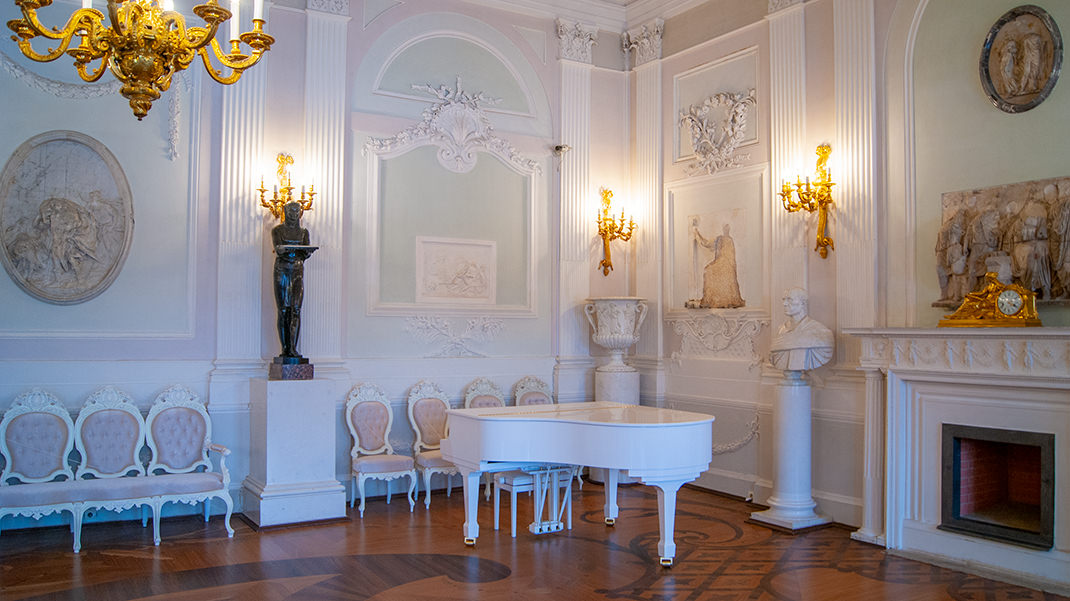
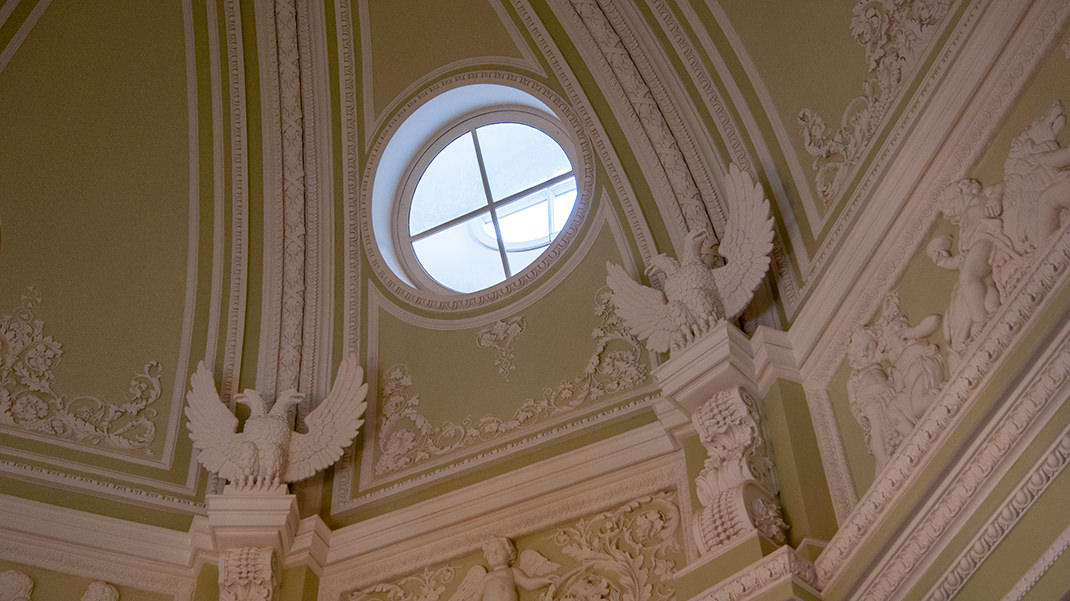
The richness of the interiors is immediately striking. The decoration includes stucco work and reliefs. Some rooms are adorned with columns that were carefully restored after the fire during World War II. Being here, you can truly appreciate the grandeur of the Russian Empire.
Among the decorative elements, the tapestries stand out, particularly their size. It is worth noting that it can take an experienced craftsman about a year to produce one square meter. In the palace, pay attention to the parquet floors; they were restored according to the original patterns, using a variety of wood types.
In addition to the interiors, the palace’s design is also intriguing. Many false and secret doors were used in the construction. Only the museum staff knows what awaits behind the nearest door—whether it’s a secret passage or a wall. Speaking of passages, there are many of them, used for technical purposes and to ensure the safety of its owners. For example, from the throne room, you can access an underground passage that deserves special attention.
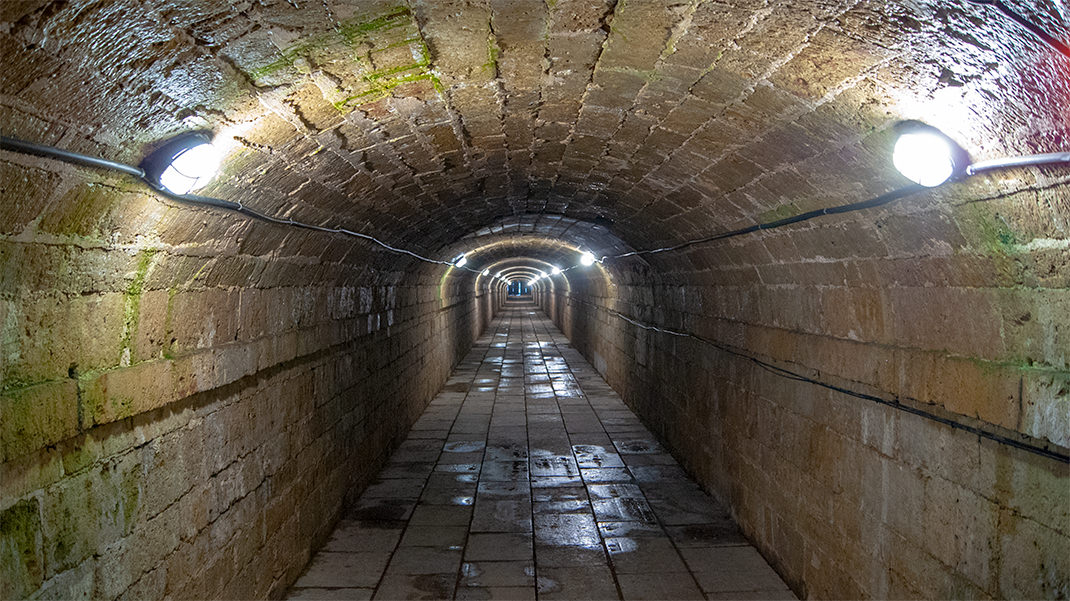
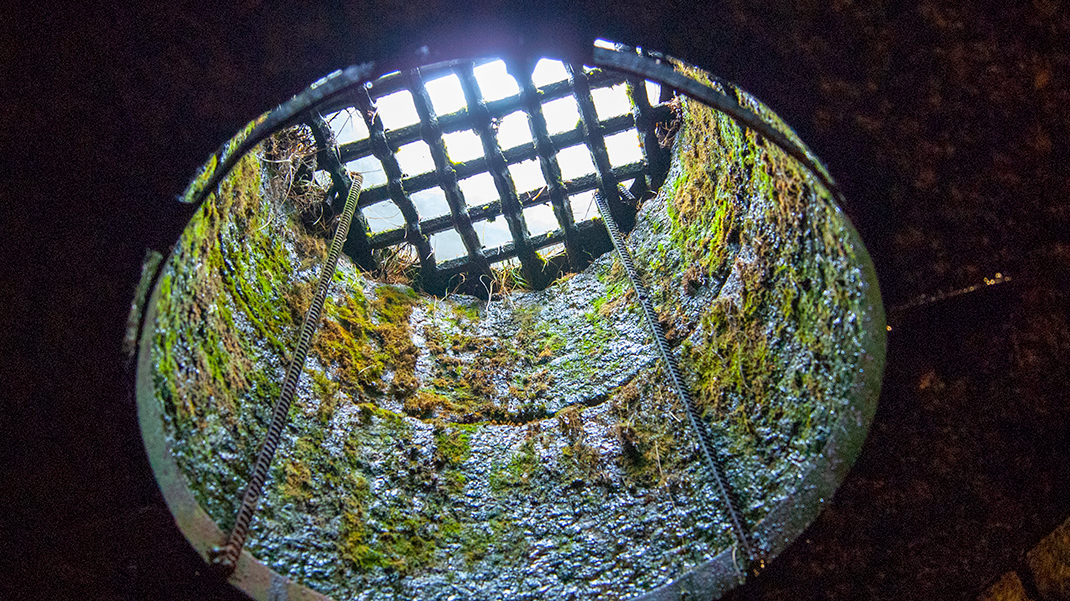
The length of the underground passage is 130 meters and was built during the first owner’s time. It ends in the "Echo" grotto on the shore of Silver Lake. Due to its unique acoustics, the grotto got its name. The guide arranged a small entertainment for us: if you shout loudly in Russian, "Who ruled here?" (Kto zdes` pravil), the echo replies, "Paul" (Pavel). We also had the opportunity to experience the past and walk through the room in darkness. The feeling is eerie, as light only enters through four special windows.
Continuing our tour of the palace, the Marble Staircase in the Arsenal Wing is of particular interest. It became the main ceremonial staircase after the palace's reconstruction. It was used to reach the third floor, where the theater is located. Unfortunately, the theater was restored in a modern style and does not hold historical value, but you can attend a concert or play there.
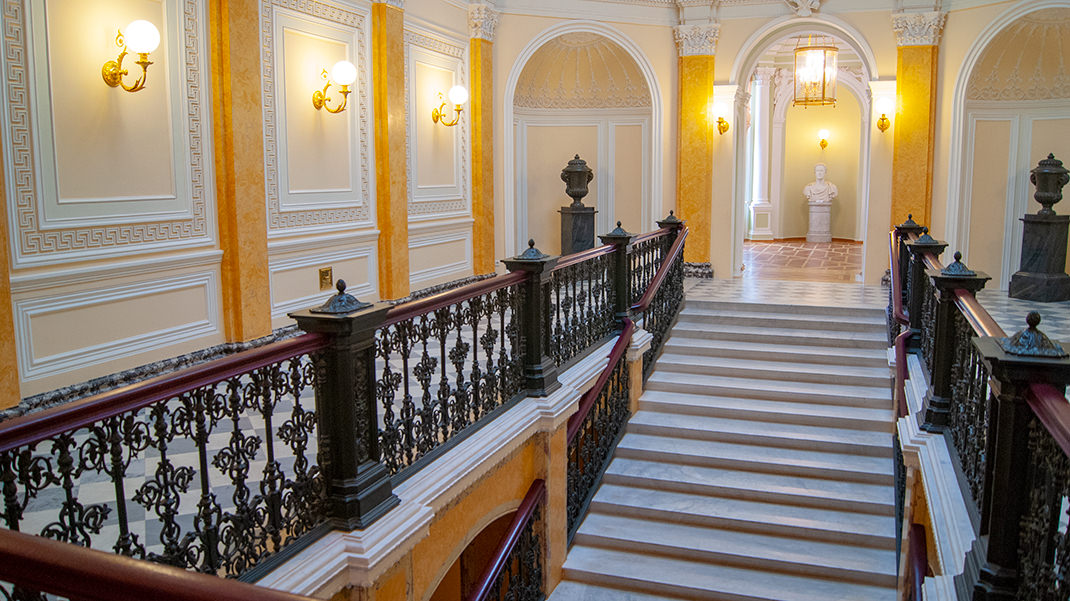
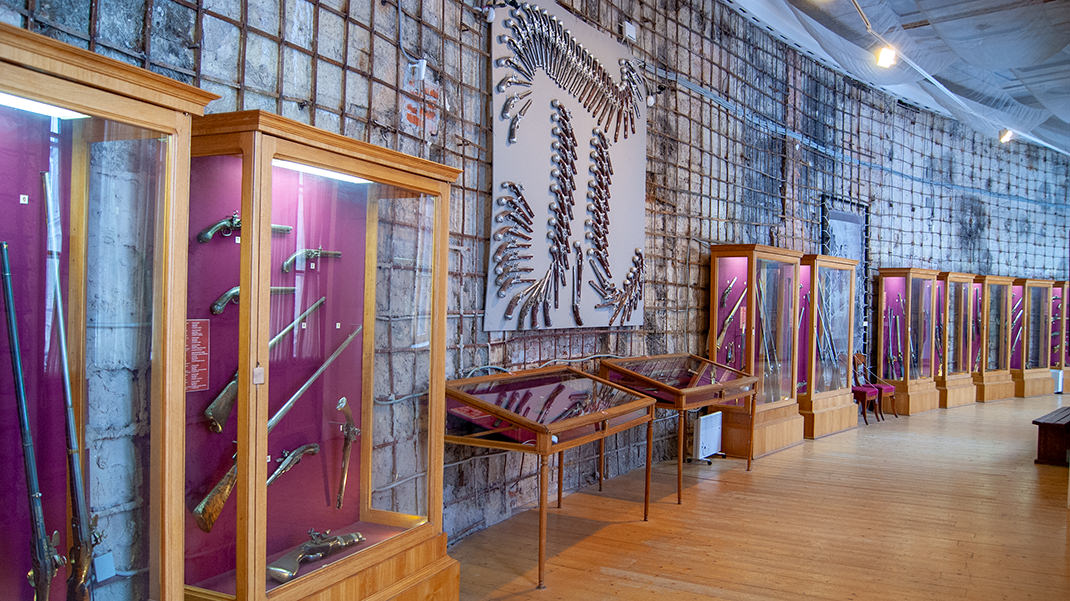
Between the 1st and 3rd floors is a mezzanine level. It was closed to palace guests as it housed the family of Emperor Alexander III. We were able to visit an exhibition in these rooms. Surprisingly, the imperial family's daily life was quite modest. By the way, Nicholas II, the last Russian emperor, spent his childhood and youth in the Gatchina Palace.
Overall, the museum leaves a very favorable impression. Everything is in excellent condition, there is a cozy café, and special headphones are used for the tour, so everything is clearly heard.

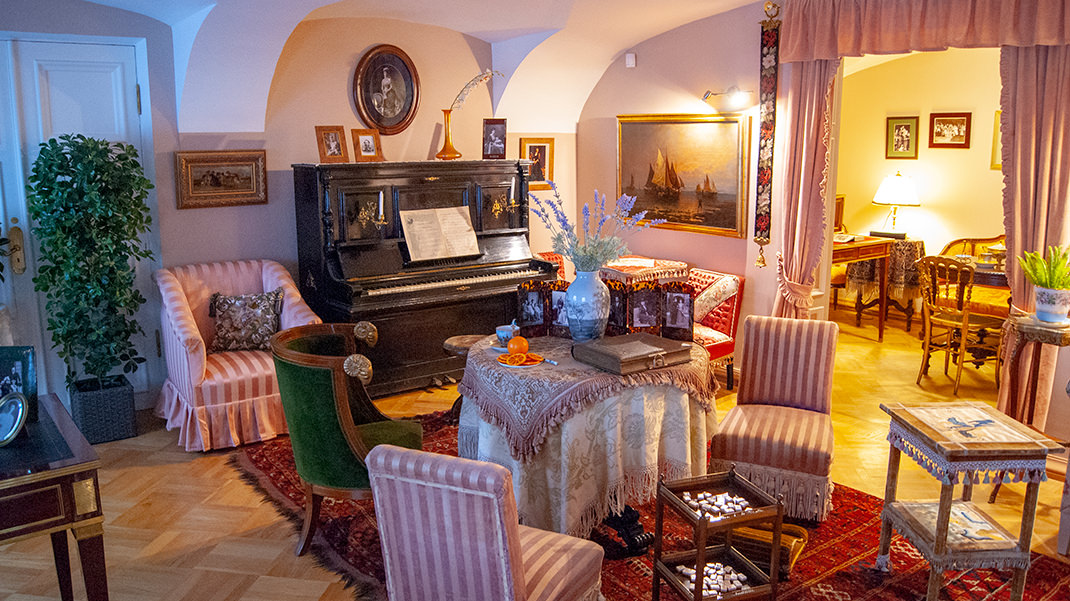
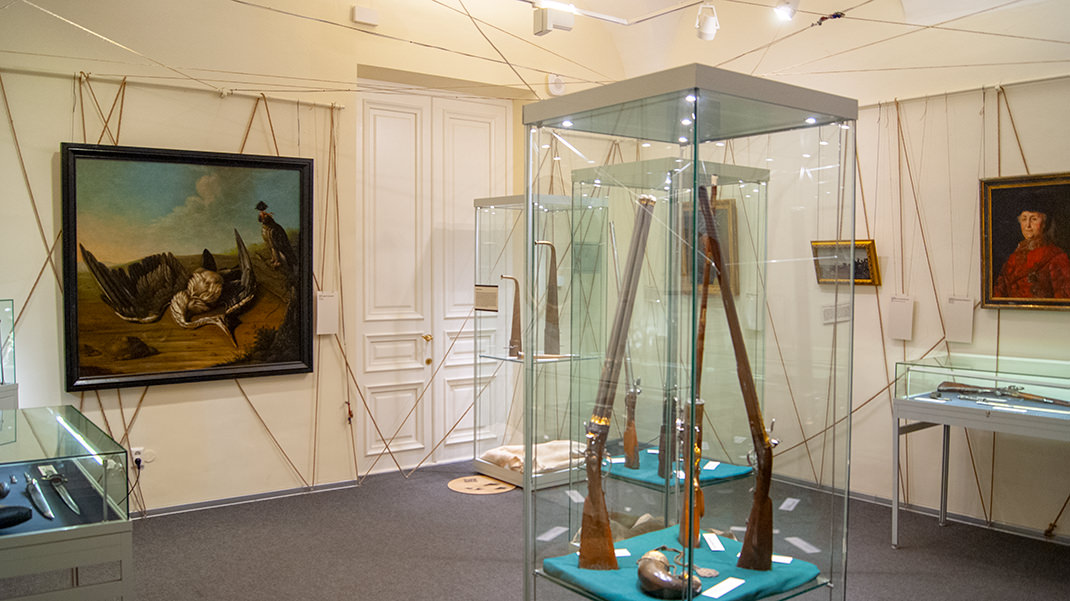
If you still have energy after visiting the palace, I recommend taking a walk in the nearby Gatchina Park, which features many interesting buildings.
In summary:
- Magnificent interiors;
- Educational tour;
- Unusual underground passage.


